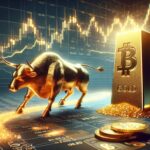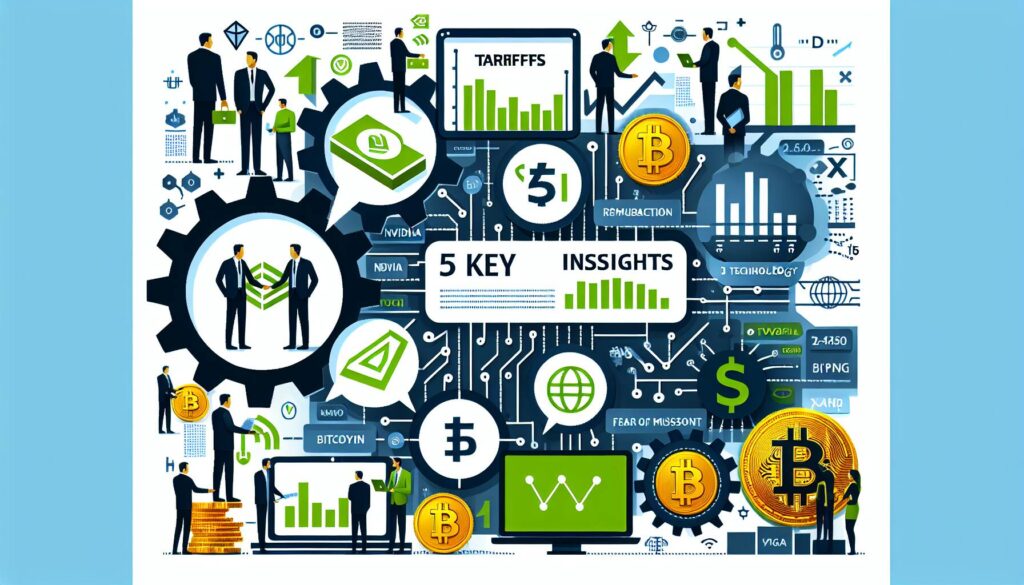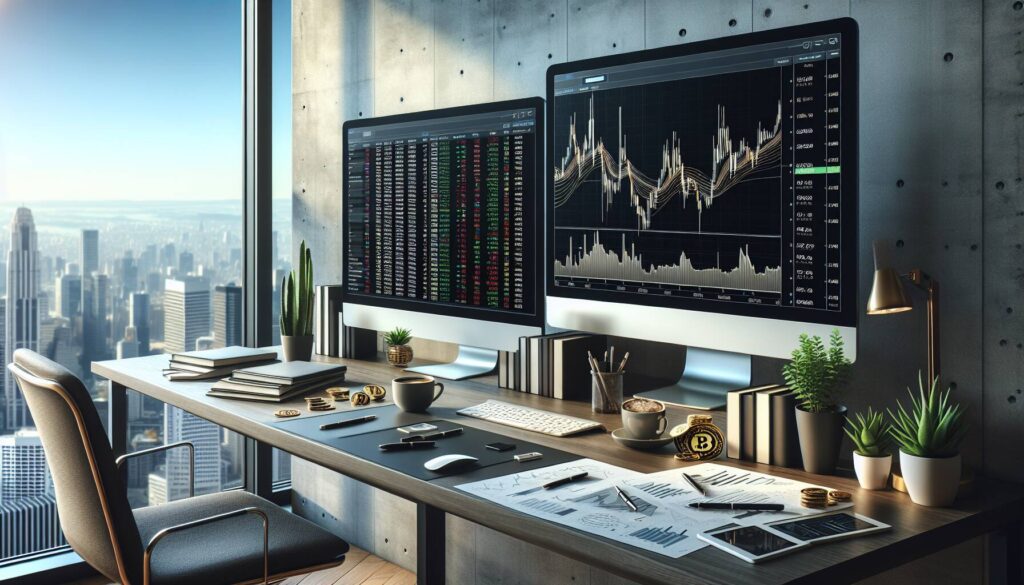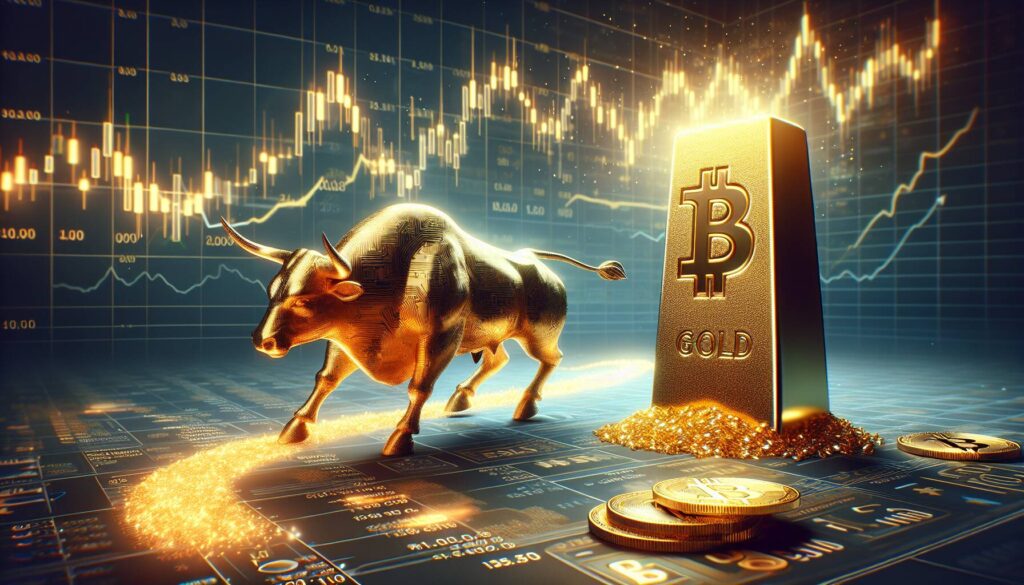In a bold call to action, JPMorgan CEO Jamie Dimon has voiced significant concerns regarding the current state of the markets, particularly focusing on the complacency surrounding tariffs and economic risks. As various media outlets report, Dimon warns that Europe may be losing its competitive edge, hinting at deeper issues that could affect global commerce.
Dimon, known for his candid insights, criticized the market’s apparent disregard for potential threats, especially the underestimation of rising U.S. interest rates. His assertion underscores a growing anxiety among financial leaders about the economic implications of these factors.
“TACO” Trump did the right thing on tariffs, according to Dimon, reflecting the tensions that tariffs create in international trade relations.
Market trends also indicate a growing interest in assets like Bitcoin and tech giant Nvidia, suggesting a Fear of Missing Out (FOMO) among investors. The surge in crypto enthusiasm could reflect a shift in how people view traditional investments, especially amidst volatility in other sectors.
Today, market watchers and investors are urged to pay closer attention to these dynamics, as the implications of Dimon’s insights may resonate through the financial landscape, influencing trading strategies and investment choices in the days to come.

Key Points on Market Trends and Risks
Important insights from recent discussions surrounding market dynamics and investment strategies:
- Dimon’s Warning on Tariff Complacency:
- JPMorgan CEO Jamie Dimon cautions that Europe is losing ground due to complacency regarding tariffs.
- The potential impact of tariffs on the market may affect investment strategies globally.
- Market’s Underpricing of Interest Rates Risk:
- Dimon highlights that markets may be undervaluing the risk of increasing US interest rates.
- This could lead to adjustments in borrowing costs and investment returns for individual investors.
- Tariff Commentary:
- Dimon supports decisions taken by the previous administration, indicating a potential shift in trade policy implications.
- Investors may need to reevaluate their international exposure due to evolving trade dynamics.
- FOMO in Tech and Crypto:
- Current trends in Nvidia and Bitcoin suggest a fear of missing out (FOMO) among investors.
- This could lead to speculative trading and volatility in these markets, impacting individual investment strategies.
- Market Red Flags:
- Dimon and other money managers warn that the market is ignoring several indicators that signal potential downturns.
- Awareness of these red flags is essential for investors to mitigate risks in their portfolios.
Market Insights: Tariff Complacency and FOMO Trades
Jamie Dimon, the CEO of JPMorgan, has recently voiced concerns regarding the complacency of the European market in the face of rising tariffs, highlighting a significant competitive differentiation in his messaging. His strong stance serves as a wake-up call, suggesting that many investors may be underestimating the implications of changing trade dynamics and monetary policy. This positions Dimon as a thought leader who is willing to challenge the status quo, contrasting sharply with others who may be taking a more passive viewpoint. This perspective could resonate particularly well with risk-averse investors or those contemplating entry into international markets.
In a landscape where companies like Nvidia and the fluctuating Bitcoin market are generating FOMO (Fear of Missing Out) among traders, Dimon’s cautionary notes serve as both a competitive advantage and a potential drawback. On one hand, his insights may help cautious investors make more informed decisions, steering clear of potential pitfalls caused by over-optimism in tech stocks or cryptocurrencies. On the other hand, such warnings can lead to hesitance among investors who might otherwise jump into a market that appears volatile but rewarding.
Moreover, Dimon’s remarks about the perceived risks of higher U.S. interest rates further compound his influence. As financial policy evolves, banks and investment firms that heeds his warning might fortify their portfolios against future market disturbances. However, those who dismiss his insights risk falling prey to the very complacency he criticizes, especially if interest rates do rise as he suggests. This situation may particularly disadvantage retail investors who may lack the resources or foresight to navigate such economic shifts effectively.
In essence, Jamie Dimon’s powerful critiques not only shine a light on potential pitfalls within the current market climate but also serve as a compelling narrative for investors at varying experience levels. As they weigh their portfolios against rising risks and tempting opportunities, they must also consider the broader implications of Dimon’s insights on market dynamics.

















